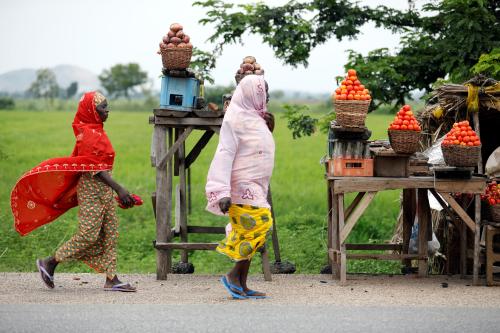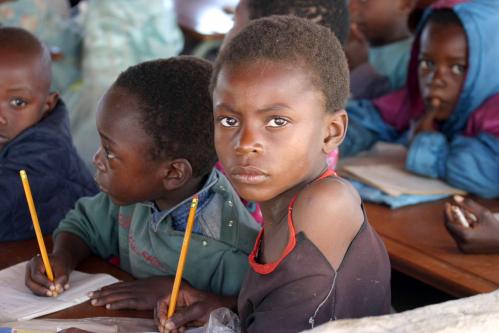Last week, the UNESCO Institute for Statistics (UIS) updated its eAtlas of Gender Inequality in Education. The database is used by policymakers and scholars for discussions about gender equality, health, and education for women and girls around the world. The most recent update shows that the gender gap persists on the African continent, though there are broad differences within the region.
UIS calculates the statistics within eight major categories: 1) overall gender parity in education, 2) average years of school completed by girls, 3) primary and secondary school participation rates, 4) probability of girls’ completion compared to boys, 5) girls’ secondary school completion rates compared to boys, 6) the percentage of girls’ excluded from education, 7) the distribution of women and girls in various tertiary education subjects, and 8) gender disparity in terms of literacy rates. The data are collected from the annual UIS education survey and range from 1970-2018. This database complements UNESCO’s efforts to create an interactive data visualization to initiate action on addressing the obstacles facing children, especially girls, who are “Left Behind.”
Figure 1 highlights the difficulties African states face in reaching Sustainable Development Goal 4, Target 4.5 to “eliminate gender disparities and ensure equal access to all levels of education and vocational training for the vulnerable, including persons with disabilities, indigenous peoples and children in vulnerable situations,” starting at the primary level. According to the eAtlas, sub-Saharan Africa has the highest rate of primary school-age children who are out of school, wherein one in five children—23 percent of girls and 18 percent of boys—are out of school. Thirteen of the 15 countries worldwide where more than 30 percent of primary school-age girls are out of school are in sub-Saharan Africa. Those numbers range from 72 percent of girls who are out of school in South Sudan to 30 percent in Guinea-Bissau.
Notably, education access is still difficult to come by as a whole: Comparatively, 64 percent of boys in South Sudan and 26 percent in Guinea-Bissau are out of school.
Figure 1: Share of primary school-age girls out of school compared to boys (2018)
Source: UNESCO Institute for Statistics. 2019.
Figure 2 highlights these disparities on a global scale, indicating that girls are disadvantaged as a whole, but particularly so in Chad, the Central African Republic, and South Sudan. Interestingly, according to UIS, boys, on average, face disadvantages in Mauritania, Republic of the Congo, the Gambia, and Senegal. UIS also notes that 19 African countries (Malawi, Uganda, Tanzania, Zambia, Ghana, Mauritius, Seychelles, Sierra Leone, Kenya, Burundi, Madagascar, Egypt, Burkina Faso, Rwanda, Democratic Republic of Congo, Equatorial Guinea, Zimbabwe, Gabon, and Tunisia) have reached gender parity in primary education for boys and girls within the past decade, hinting that the trajectory of the continent and the world toward achieving gender equality (Sustainable Development Goal 5) in education and quality education (Sustainable Development Goal 4) is positive.
Figure 2: Gender parity in primary education
Source: UNESCO Institute for Statistics. 2019.
Notably, the UIS does not calculate differences in quality of education, only relying on the International Standard Classification of Education (ISCED classification system) for primary education that mandates “systematic instruction in fundamental knowledge, skills, and competencies, typical entrance age and duration, and instruction organized typically by one main class teacher.”
The Brookings Institution is committed to quality, independence, and impact.
We are supported by a diverse array of funders. In line with our values and policies, each Brookings publication represents the sole views of its author(s).










Commentary
African states’ varying progress toward gender equality in education
June 13, 2019